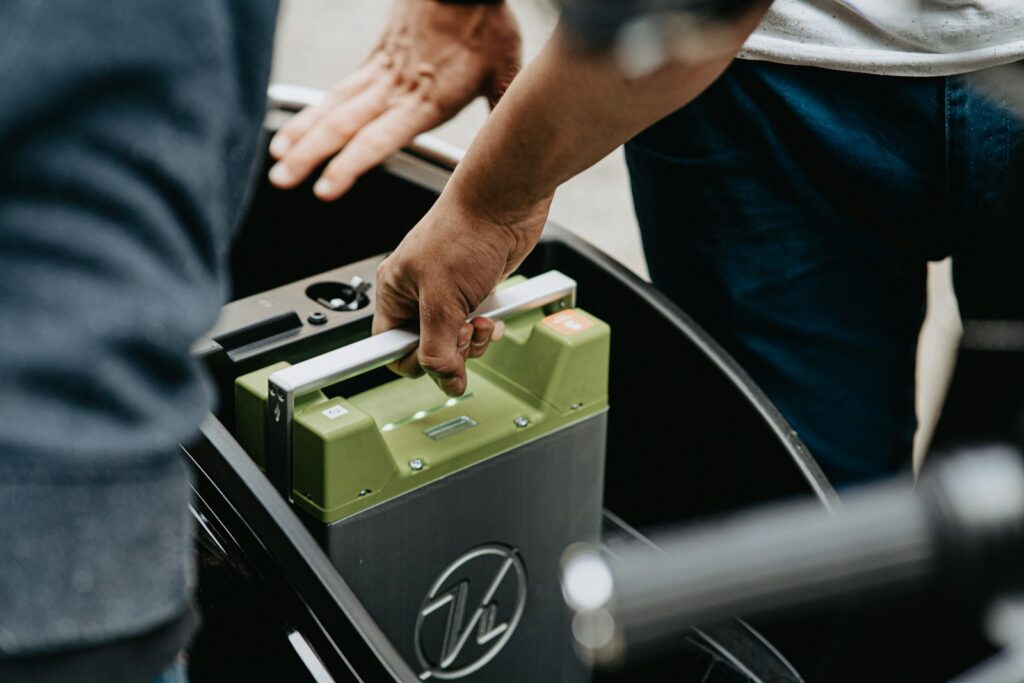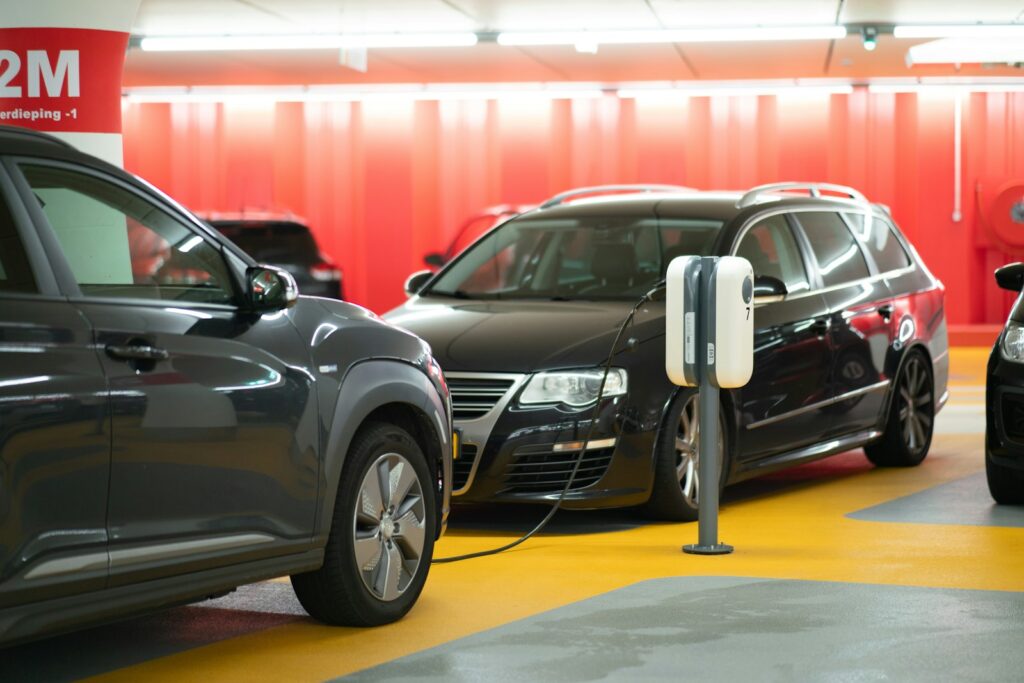The EV charging station map has become a must-have tool in every electric driver’s glovebox, or rather, their phone.
In 2025, navigating to a charging point is easier than ever thanks to improved networks, pricing transparency, and smart route-planning apps.
Here’s how to get the most out of public and home charging, no matter your setup.
The Big Players in EV Charging Networks
Let’s break down the top networks powering EV travel today.
Tesla Supercharger Network
Still the gold standard for reliability and speed, Tesla’s Supercharger map covers most of the U.S. and is expanding access to non-Tesla EVs through NACS charging compatibility. Charging costs vary based on location and time of day, usually around $0.25–$0.45/kWh.
Pro Tip: Tesla’s in-dash navigation system doubles as a live EV charging station locator—smart and seamless.
Electrify America
Backed by Volkswagen, Electrify America now boasts over 4,000 DC fast chargers. Their EV charging station app offers session pricing, availability, and filter options by connector type (like CCS, CHAdeMO, and NACS).
Expect Level 3 charging up to 350 kW, meaning some EVs can get to 80% in just 20 minutes. The pricing is around $0.31 to $0.43/kWh, depending on speed and membership.
ChargePoint and FLO
Both ChargePoint and FLO support public and workplace chargers. They’re best used via app, where you can locate charging points for electric cars, check prices, and even reserve a spot.
They also use OCPP (Open Charge Point Protocol), so many stations are cross-compatible with third-party apps and RFID cards.
EV Charging Costs in 2025
Home vs public EV charging costs still favor charging at home, especially if paired with solar. But public charging is catching up fast in convenience.
Here’s the landscape of EV charging pricing in 2025:
- Home Charging (Level 2): ~$0.16–$0.19/kWh on average
- Public Level 2: $0.25–$0.35/kWh
- DC Fast Charging: $0.30–$0.50/kWh depending on speed, location, and network
If you’re looking for the cheapest EV charging stations, apps like PlugShare or ChargeHub let you filter by price per kWh and even user reviews.
Best EV Charging Map Apps
Whether you’re looking for the nearest station, comparing prices, or planning a multi-stop road trip, the right apps make charging your EV a breeze. Here are some options to look into:
- PlugShare: Crowdsourced, real-time data, reviews, and photos
- A Better Route Planner (ABRP): Smart trip planning based on vehicle type, range, elevation, and charger speed
- ChargePoint & EVgo Apps: Network-specific, but offer usage history and pricing insights
- Tesla Navigation: If you’re driving a Tesla, nothing beats its native Supercharger map with predictive routing
All these act as your electric car charging station locator, updating as new stations go live across the country.
How to Plan Charging Stops
Planning charging stops is key to smooth EV travel. Don’t just search as you go, plan ahead to stay efficient and stress-free.
Start by estimating your real-world range—weather, speed, and terrain all affect how far you’ll get on a charge. Use apps like A Better Route Planner (ABRP) or PlugShare to map out optimal stops based on your vehicle, terrain, and charger speed.
For road trips, prioritize DC fast chargers to minimize downtime. For overnight stays or long breaks, Level 2 chargers work fine. Always have a backup stop in case your first pick is offline or full. Look for stations with multiple plugs and nearby restrooms or food. Many apps even show user reviews and real-time availability.
Check out our guide on How to Plan an EV Cross‑Country Adventure for more tips and tools.
Navigate with Confidence
Whether you’re commuting, road-tripping, or running daily errands, mastering the EV charging station map puts you in control. The right app helps you plan smarter, avoid surprises, and save money on the road.
Understand your charging options, know your connectors, and stay current with pricing. In 2025, electric driving is not just doable, it’s downright convenient.



